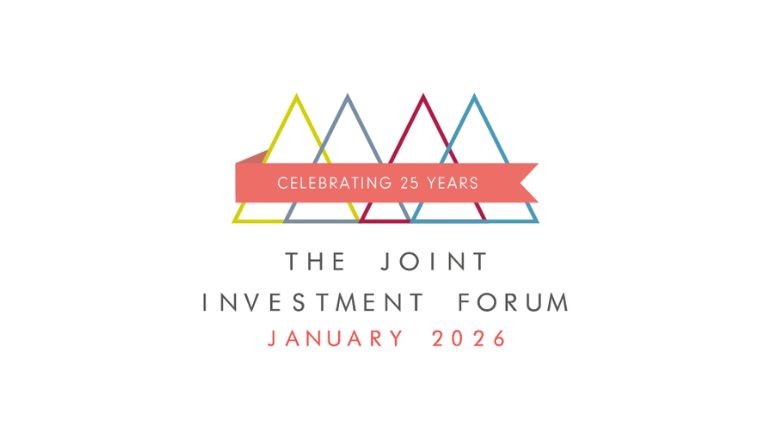HUB EXCLUSIVES PANEL DISCUSSION
Panel discussion, hosted by Cherry Reynard, with:
Jason Borbora-Sheen, Portfolio Manager, Diversified Income Fund, Ninety One
Luke Hickmore, Fund Manager, Strategic Bond Fund, Aberdeen Investments
The relationship between emerging and developed markets is changing, with emerging markets increasingly pursuing orthodox fiscal policies while developed markets drown in debt. Concerns over the safe haven status of US treasuries and the dollar are also changing the outlook for a range of asset classes. Against this backdrop, fund managers are adjusting the balance in their portfolios to manage risk effectively.
The recent turmoil in financial markets has prompted a reappraisal of the protective characteristics of US treasuries and the dollar. In a traditional slowdown, treasuries would act as a ballast to volatile equity markets within a portfolio. However, increasingly, says Jason Borbora-Sheen, portfolio manager on the Ninety One Diversified Income fund, investors need to prepare for a scenario in which equities are falling and bond yields are rising at the same time.
He adds: “That has a number of implications. Investors need to be much more flexible about how and why they have duration exposure. That means not just owning traditional government bonds, but looking further afield, to places such as New Zealand or Australia, which have a higher credit quality, and also a higher level of income.
The other implication, he says, is for the type of instrument owned. That might mean taking more exotic positions – using swaps to implement positions rather than cash bonds, for example: “Investors need to have the ability to scale up and down duration or rate sensitivity, or exposure to risk assets such as corporate bonds or equities. One of the most significant is optionality. Options give you exposure to market directionality in an environment where things are more volatile on a structural basis, either because of inflation or policymaking.”
Dollar duration?
Luke Hickmore, fund manager on the Aberdeen Strategic Bond fund, says that a steeper and steeper yield curve in the US looks likely. “In the Strategic Bond fund, we have no dollar duration at all. We’ve got it all in the UK.” For risk protection, he says, “I don’t think I need to go far afield when thinking about duration to give myself some risk protection. Having a good, diversified portfolio across corporate bonds, high yield bonds, and in emerging market corporate bonds, makes more sense as a way of holding your duration at the moment than just purely in gilts. They’re still there as a useful hedge against things going wrong.”
The changing characteristics of US treasuries affect some of the fundamental assumptions on which portfolios are constructed. Borbora-Sheen says: “On the Diversified Income fund, we’re very focused on trying to protect against drawdowns. We pay attention to changes in asset class correlation and react quite quickly.” He believes the change in treasuries is a major risk for traditional managers. “US treasuries set a performance profile for multiple developed market government bonds – including gilts.
Hickmore is finding plenty of opportunities in emerging markets: “It remains a really interesting area. You need to do the work, look at the fundamentals and you need the depth and experience to find the opportunities. Right now, with the dislocation going on and people taking money out of emerging markets, it’s a fertile moment to find some really good, interesting returns for the next 5-10 years.”
Navigating a new environment
Some flexibility is needed to navigate this shifting market environment. Bond indices are still heavily weighted to the US, even if the concentration is less extreme than for equity indices. Hickmore says: “The Strategic Bond fund has no benchmark. Its whole focus is to provide good risk-adjusted returns that compare well with its peers. We believe that investors need to find funds that are as flexible as possible to be able to cope with shifting geopolitical behaviour, shifting yield markets, shifting inflation markets, and very volatile inflation.”
The Ninety One strategy aims for very low risk. Borbora-Sheen says: “It’s typically for investors that might be coming out of cash. Or they want to diversify their fixed income exposure because they are holding a lot of gilts. We aim for income-driven returns with low volatility and some dampening characteristics.”
Today, the portfolio is oriented towards sovereign bonds and remains very different to the index. He says: “Alongside a decent exposure to New Zealand and Australia, which offers the potential for capital gains as well as income, emerging market local bonds are around 20% of the portfolio. We hedge these back to sterling. It is almost like owning a different asset class – yes, we give up a bit of yield, but we end up with less capital volatility and more income-driven return.”
This is an unusual environment for fund managers, and many of the traditional assumptions on which portfolios are built are being called into question. However, flexible fund managers are finding tools to navigate this new investment climate.















